Football
Film Study: What Makes Pittsburgh’s Offense So Uniquely Difficult to Defend
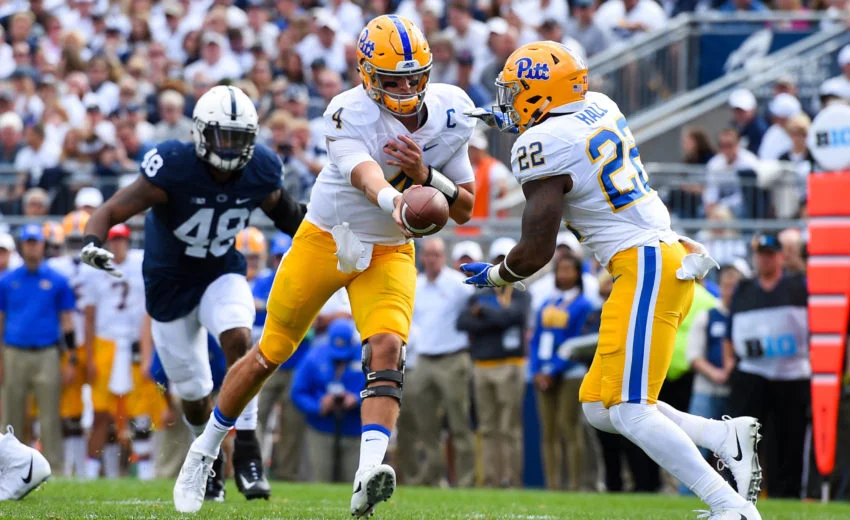
Oklahoma State will be taking on a familiar team this Saturday in Pittsburgh. The last time the two teams met, the Cowboys gave up 527 yards on defense to the Panthers and their distinctive scheme.
Pitt has one of the most unique offenses in college football. Former offensive coordinator Matt Canada brought his offense to the Panthers last year, and although he’s moved on to LSU, Shawn Watson has taken his place and picked up right where Canada left off. Today we’ll quickly cover some of the things fans will likely see from Pitt on Saturday.
The Panthers’ offense frequently uses shifting. Some teams occasionally use shifting, but Pittsburgh takes it to the extreme. This is done for a number of reasons. First of all, it disguises tendencies. Pitt’s offense is actually quite simple, but constant shifting makes it harder to identify where the ball is going. Second, it creates potential for advantages in angles and numbers. The mentality here is if a team is going to run a play, they might as well shift for the chance that the defense doesn’t properly adjust. Here’s an extreme example from last year, when the offense shifted twice:

Some would call this overkill, but there is a reason for so much movement. Pittsburgh’s offense, at least under Canada, was tendency-heavy. They didn’t have a lot of plays, and they would run certain plays out of specific formations. For example, they ran the shovel option out of their first formation a ton (back and tight end on same side in the gun almost always meant they were running shovel). The formation they first shifted to was used in their jet sweep series (you can tell with the slot receiver so far off the line ready to come in motion). Clemson’s defense studied Pitt’s offense to know these tendencies, and Canada knew that as an offensive coordinator, so he messed with the Tigers’ defense by forcing them to constantly re-identify formations. It’s even possible that he gave the offense three plays to run, and the quarterback had the option to run it if he liked the defensive alignment or shift to the next play.
The Panthers also frequently use motion in their offense. One of their most frequent motions is the jet motion for their fly sweep series. They use this motion to get their playmakers, like Quadree Henderson, the ball on the perimeter.
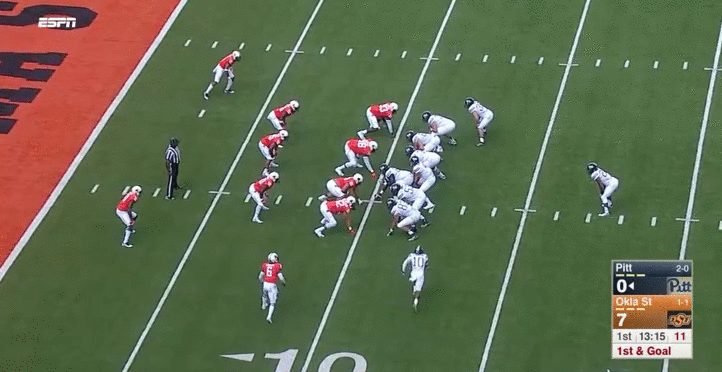
Their standard fly sweep is a dual-concept, and the quarterback has an option to hand off to the inside zone as well:
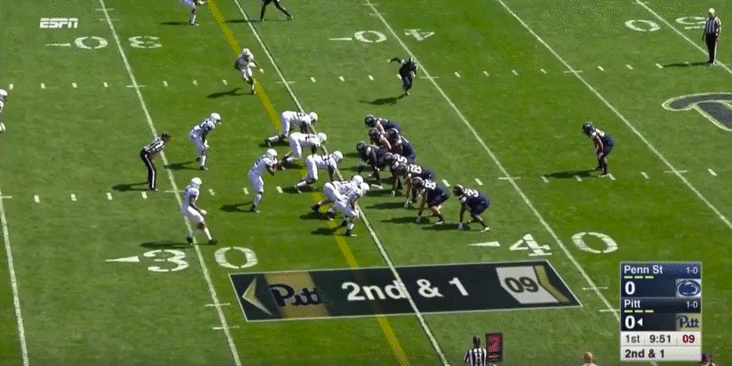
But that’s just one play out of an entire series. They have a large chunk of their playbook using that jet motion, like on designated inside runs (e.g. split zone):
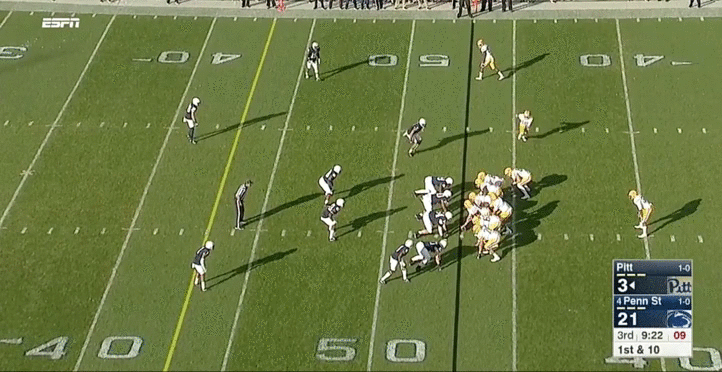
And their play action:
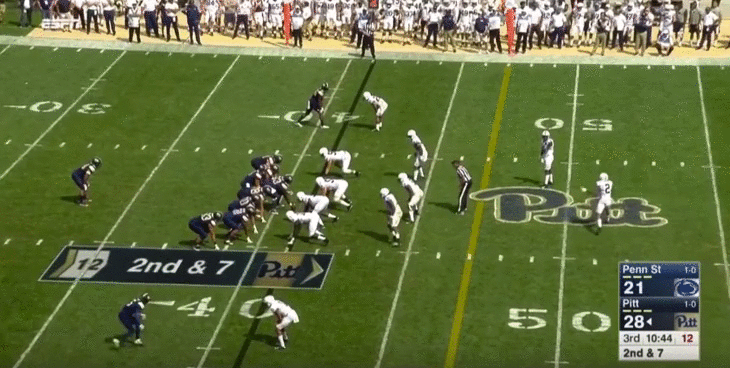
They will also run jet out of the shotgun, and they will frequently tag a shovel option to it. The quarterback reads the edge, and if the defender widens with the sweep, it opens up for the inside shovel:
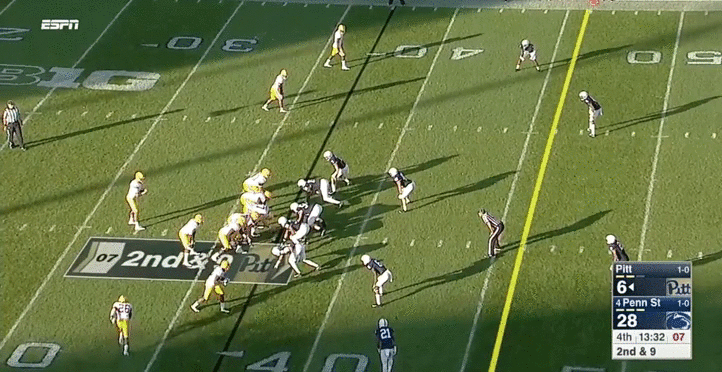
This is just a basic overview on Pitt’s bizarre offense. Lineman touchdowns, tight end jet sweeps and quarterback throwbacks were the norm for them in 2016. Pittsburgh’s offense isn’t the same as last year, though, after the departure of Canada, quarterback Nathan Peterman and star running back James Conner. Additionally, the Cowboys should be better prepared for this offense after playing it a year ago. But it’s still a fun one to watch, and most strategy enthusiasts can appreciate a good offense even when it’s the opponent. Although the Panthers have been relatively conservative this year in comparison to last season, still keep an eye out for plays like these on Saturday because it’s what makes Pitt’s offense so different.

-

 Wrestling4 days ago
Wrestling4 days agoThe Top 5 Quotes from John Smith’s Retirement News Conference
-

 Wrestling2 days ago
Wrestling2 days agoOSU Wrestling: How John Smith Started a Tradition of Late-Night Workouts For Cowboys Seeking World Glory
-

 Wrestling4 days ago
Wrestling4 days agoOSU Wrestling: The Impact John Smith Had on His Final Boss, Chad Weiberg
-

 Hoops4 days ago
Hoops4 days agoJustin McBride Enters Transfer Portal






